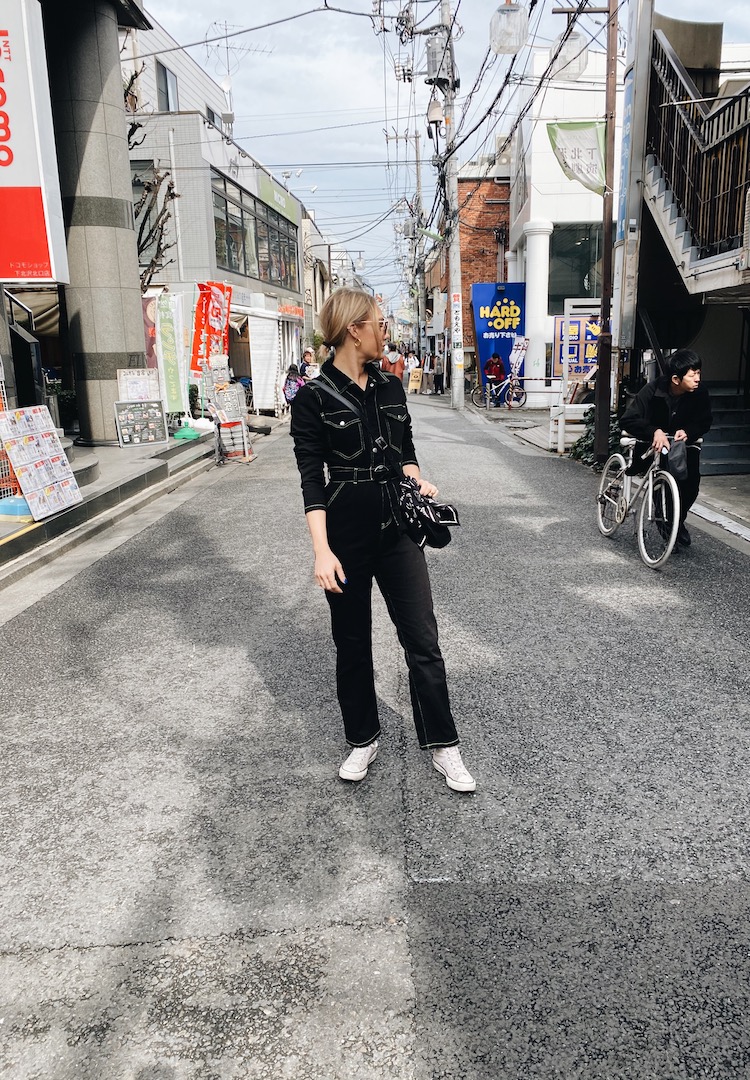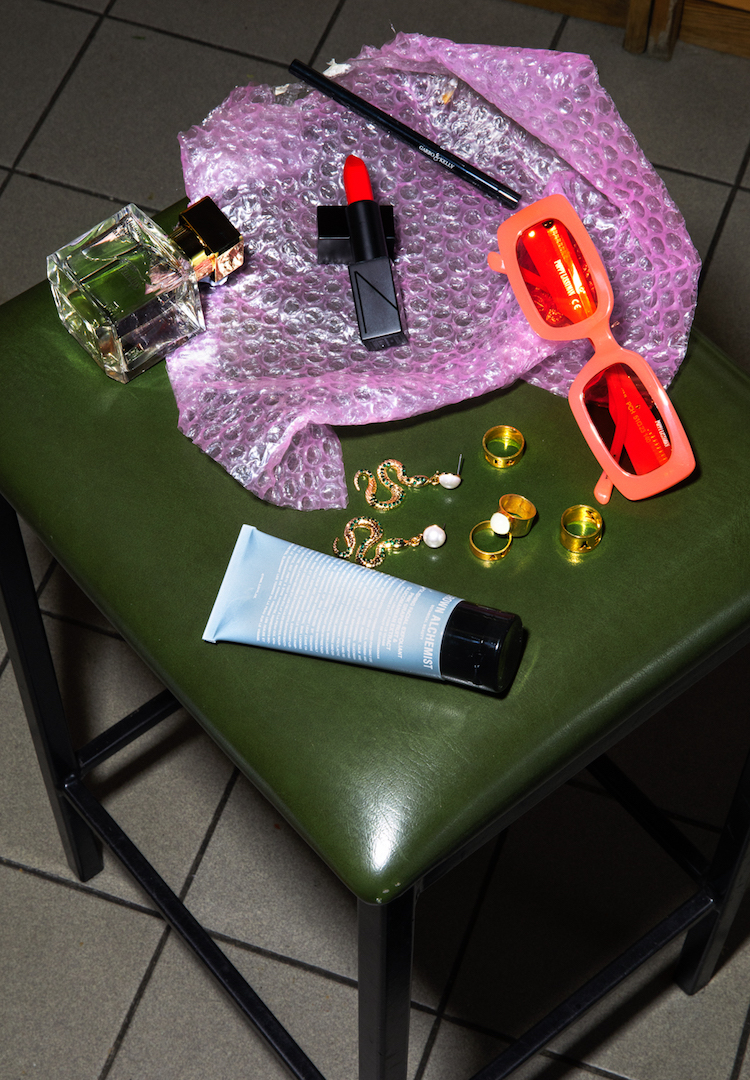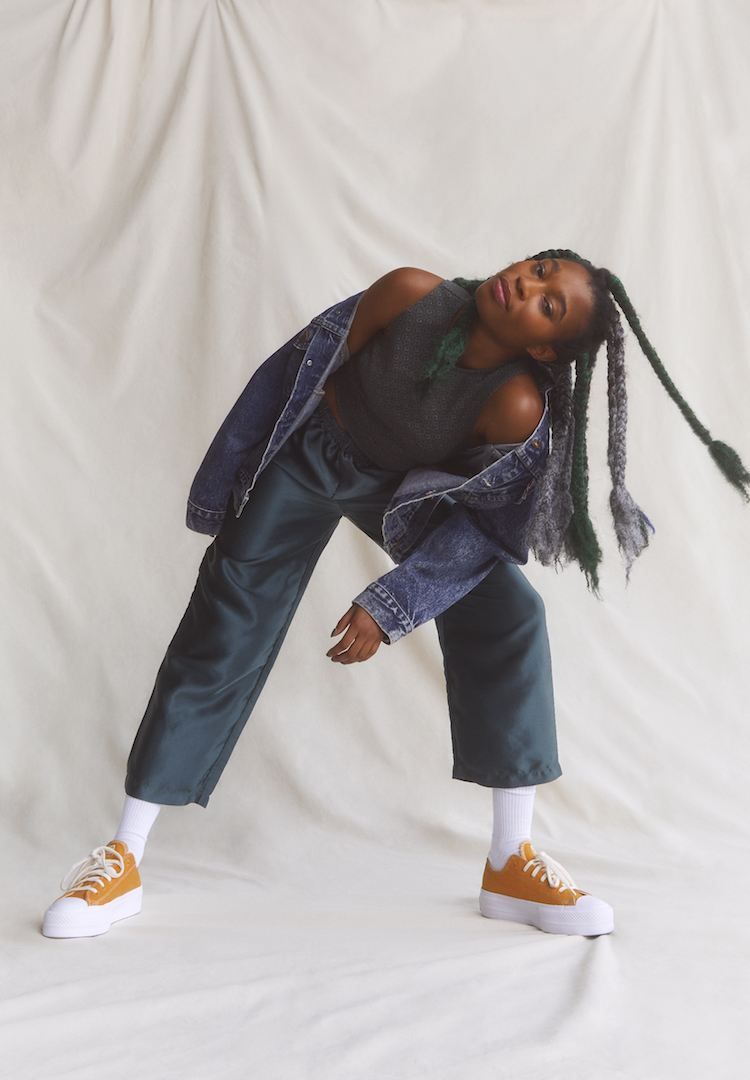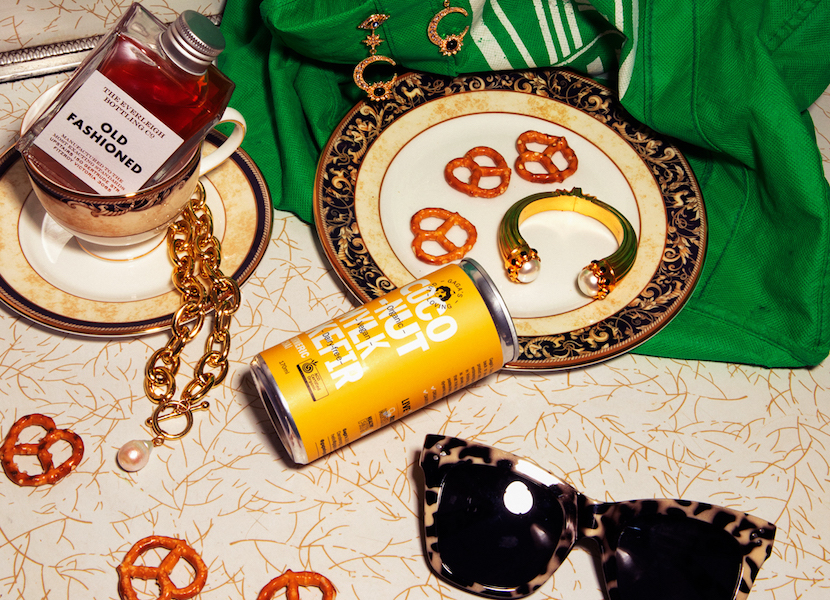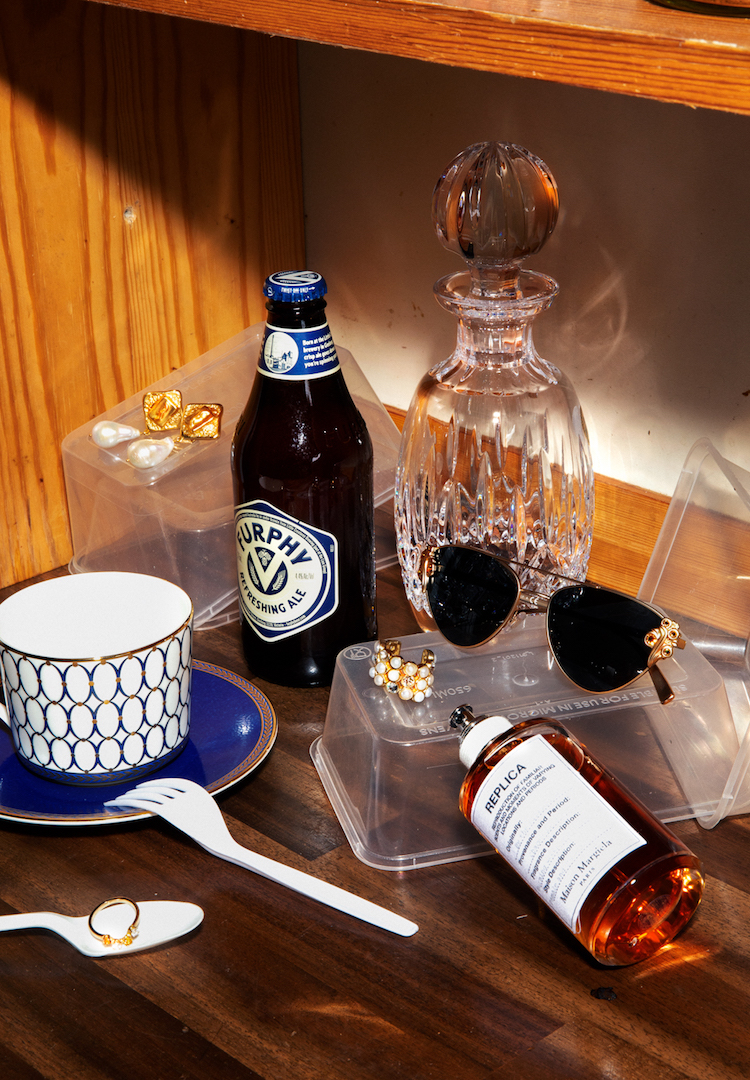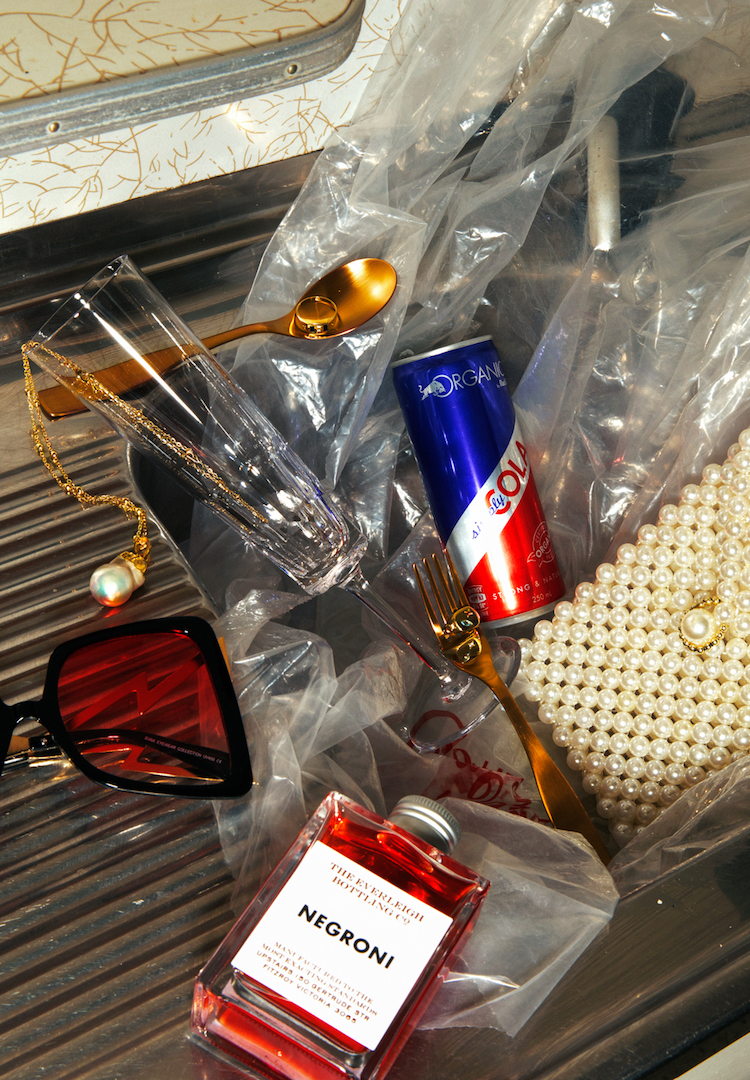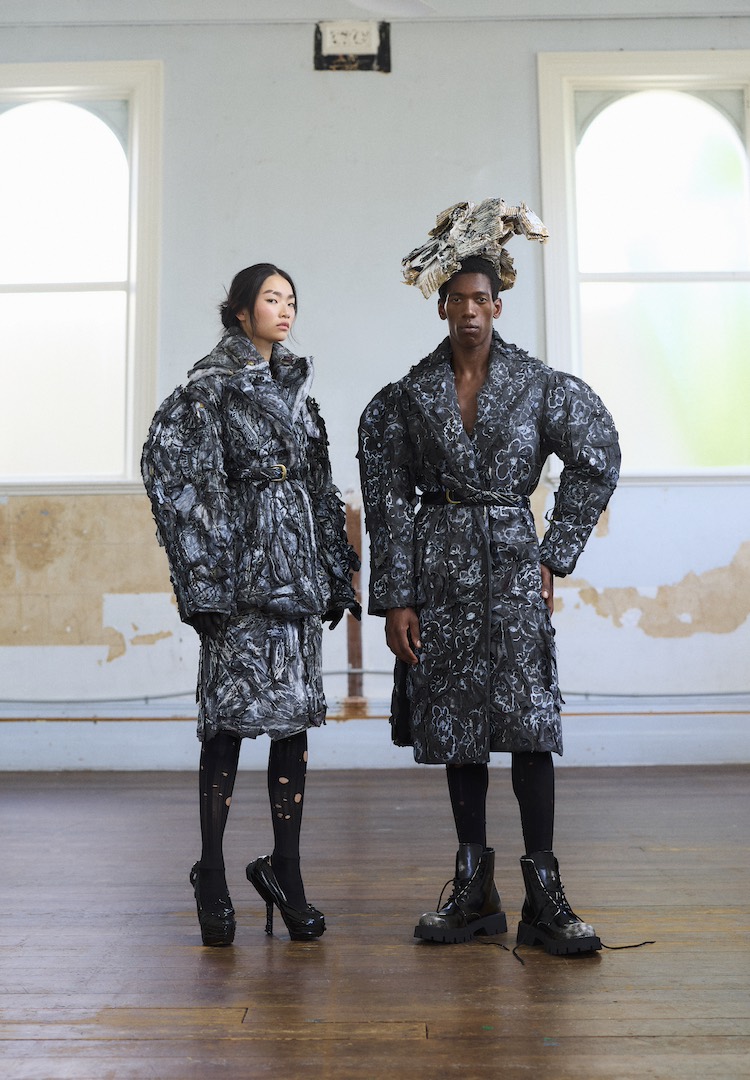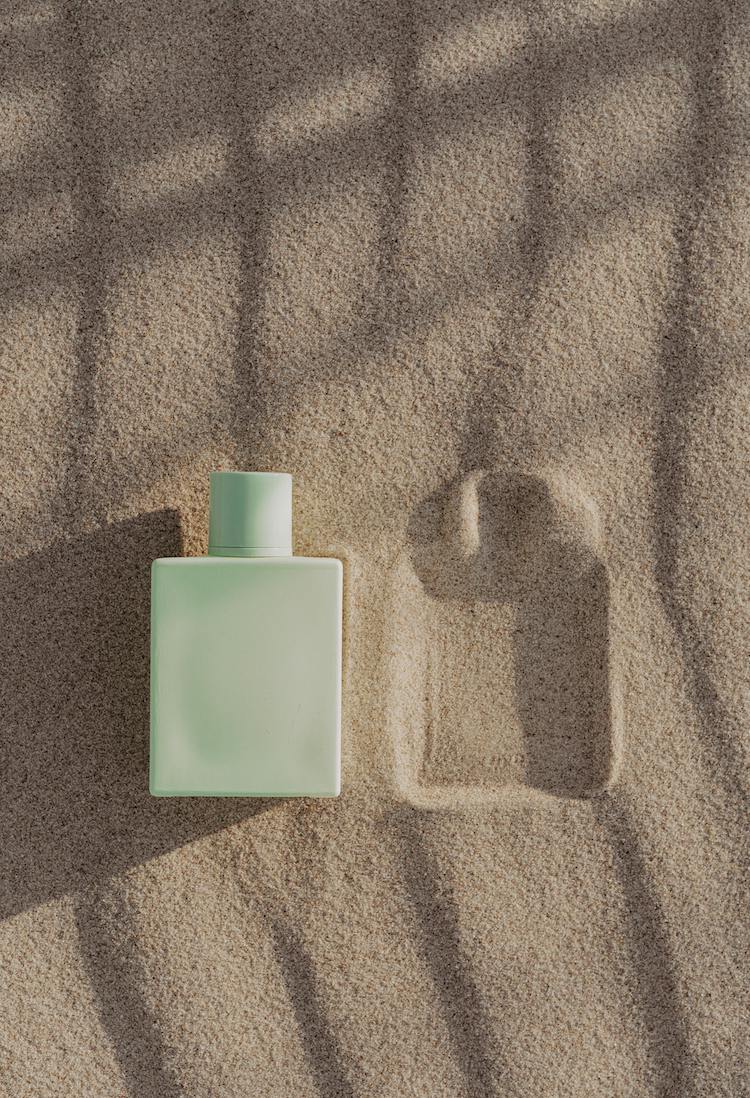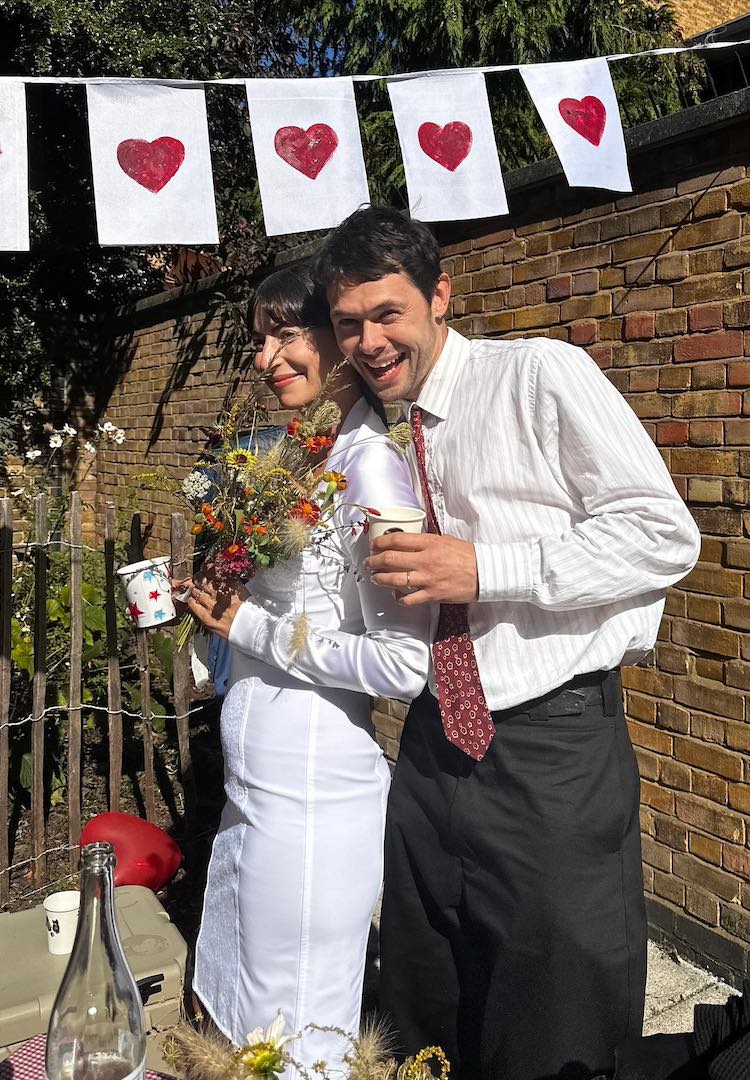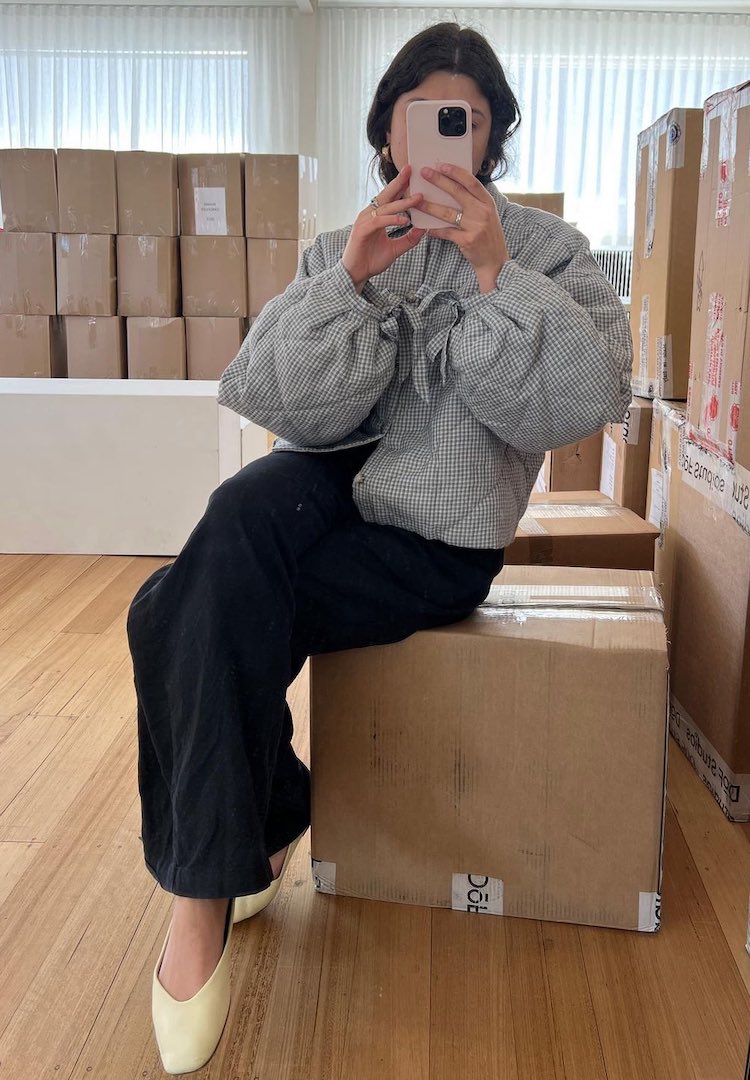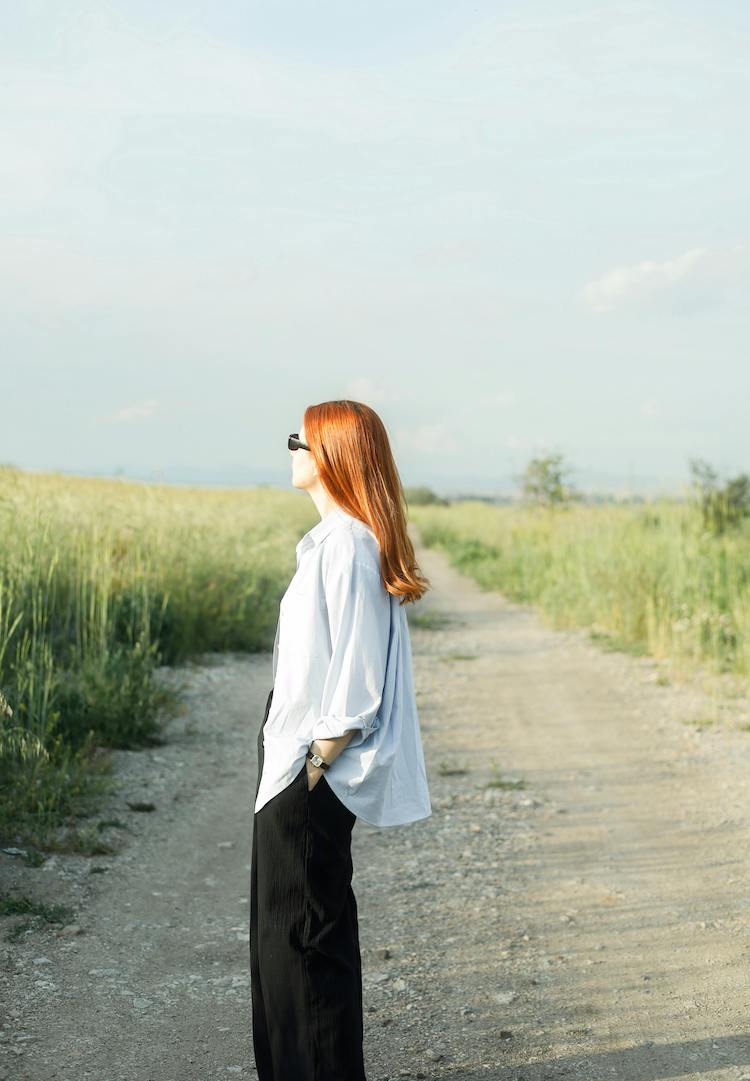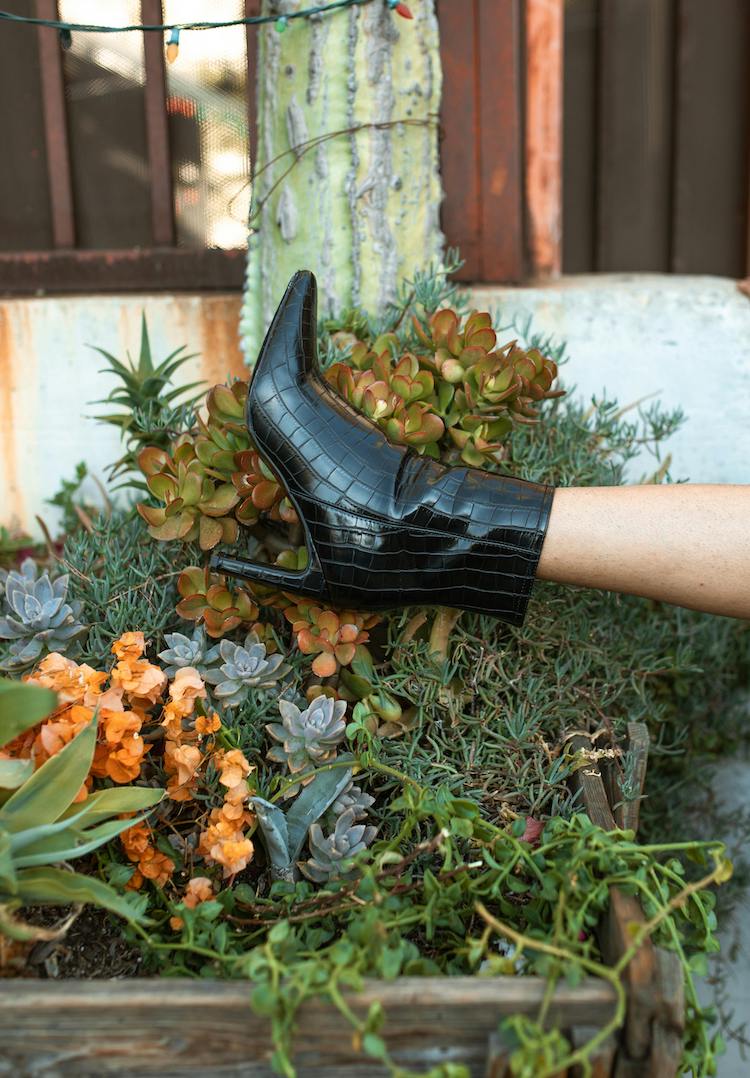Why many in our generation will own a Dior saddle bag before they own a home
Photographer – Ted Min
Stylist – Jam Baylon
Words by Giulia Brugliera
New sensation.
There’s a phenomenon we’ve been witnessing for some time now. Though you might not have realised it, you’ve likely seen it on a micro-level, starting back in 2017 when everyone owned the same Gucci loafers.
In the following years, this phenomenon has evolved. You’ll see it when a friend plonks a Prada purse on the table at dumplings, slides their Common Projects sneakers under their secondhand mattress or hangs a Shrimps coat on their Ikea bedpost.
This pattern of spending can be neatly distilled into two simple words: sharehouse luxury. It’s the idea that one would share a house with strangers out of a need to live frugally, while also accepting regular deliveries from Net-A-Porter.
As far as phenomena go, it’s relatively new. Millennials are bursting into the luxury market and are soon expected to make up half of its sales, with Gen Z trailing close behind. In less than five years’ time, the bulk of luxury shopping will be done by young people – the same people who are increasingly opting for shared living arrangements.
To those who don’t engage in this buying behaviour, purchasing the latest Dior saddle bag only to coordinate morning shower slots with four housemates can seem bizarre.
But this pattern is on the rise and, as fashion has long been a signal of the sociopolitical climate of the day, it’s worth considering what it means.
First, we have to acknowledge that those who engage in these spending behaviours are privileged to have that choice. Second, we note that many choose shared living not for financial reasons, but for fun.
Nonetheless, if you’re interested in the anthropology of fashion or simply can’t explain to your baffled parents why you chose to buy $500 sneakers over contributing 0.01 per cent of a home deposit to your savings, let’s dive in.
An overarching sentiment of hopelessness driving a neo-lipstick economy (a house is too hard, buy shoes instead!)
While the price of designer goods has increased steadily with inflation, the cost of housing has ballooned. It’s nothing new to say that rising housing prices have created an overarching sense of helplessness among young people, many of whom will likely never be able to afford entry into the property market.
There’s a historical phenomenon we can look at to explain this behaviour. Called the ‘lipstick effect’, it’s the theory that when faced with an economic crisis, consumers are more likely to purchase low-cost luxury goods.
It started during the second world war, when lipstick sales boomed, as it was a cheap way for women to both keep up appearances and make themselves feel good.
A 2017 Deloitte study into the spending habits of millennials shows a clear parallel, revealing that over any other influencing factor, this cohort is more inclined to purchase a luxury item because it makes them feel good.
In today’s context, the lipstick effect is why we opt for an overpriced smashed avocado over an expensive steak dinner, or why we funnel our money towards shoes instead of a house deposit.
Democratisation and increased competition driving access to luxury fashion (lots of Net-A-Porters make things cheap!)
It might be a stretch to call luxury fashion low-cost. But as the prospect of affording your own home is increasingly untenable, buying into luxury brands is becoming more viable.
Resale platforms like The Real Real and Vestiaire Collective have made luxury shopping newly affordable, offering designer pieces at up to 90 per cent off the original retail price and empowering buyers to on-sell.
But it’s not just resale websites driving down prices. Growing competition between luxury fashion retailers has also led to increased buyer incentives. Once you find an item you like, it’s a matter of searching the web for a retailer with that same item on sale and subscribing to an e-newsletter for a discount code.
While studies show the actual RRP of luxury goods has risen in recent years, this growing ‘sales’ culture has ultimately driven down the price of designer goods.
Simultaneously, increased access to sample sales has shifted the way we engage with certain brands. Rather than pay full price for a designer we love, it’s common practice to wait until the brand hosts another sample sale.
In the past, these sales have been limited by geography, as sales are usually hosted in the designer’s home town, but they’re increasingly shifting online. A lot of brands now also have full-time outlet stores.
Discounts aside, the accessibility of designer fashion is further driven by the many stockists offering the same brands. While particular stock often differs between retailers, if you’re a fan of a designer, the exact style purchased won’t be as important as buying into the brand itself.
For example, I love all of The Row’s ballet flats, so the particular style I take home is not important, as long as I take home flats from The Row.
A magnification of behavioural patterns exhibited by past generations (our parents did it too, but we do it bigger!)
Arguably, sharehouse luxury as a concept never applied to our parents. In their day, luxury fashion was reserved for the rich while the masses saved their earnings and bought houses, living squarely within their means.
But while Mum never owned a Chanel handbag, she did wear a Gucci perfume – an example of the spending patterns of the time.
Sure, it’s a big jump between a $57 Saint Laurent mascara and a $5000 Saint Laurent bag, but if you search for the same bag on The Real Real it’s half the price, with an extra $25 credit if you sign up to their mailing list.
See, we’re still scrimping and saving, just a little differently than our parents.
A condensed version of this article was originally published in Fashion Journal 194. You can read it here.

